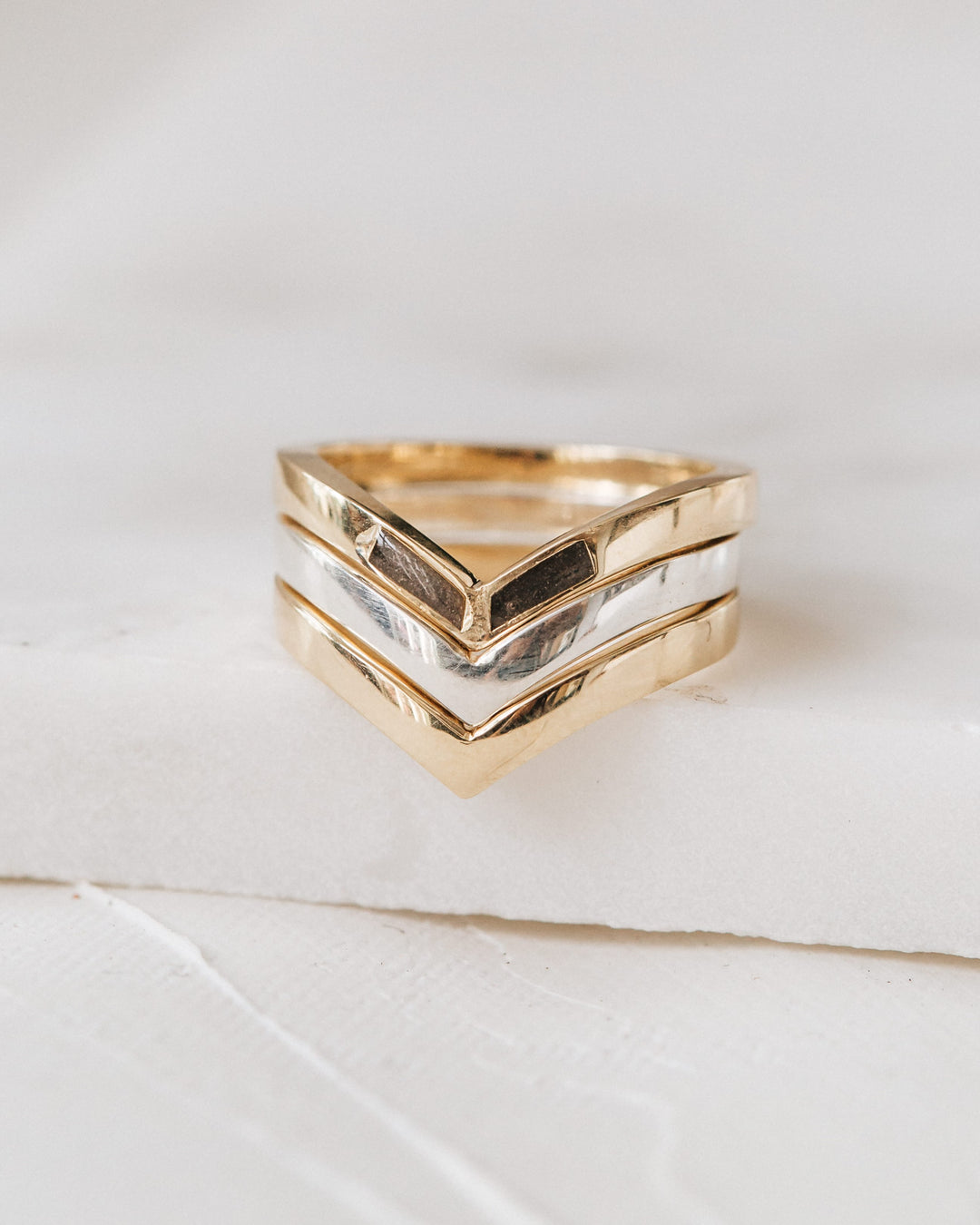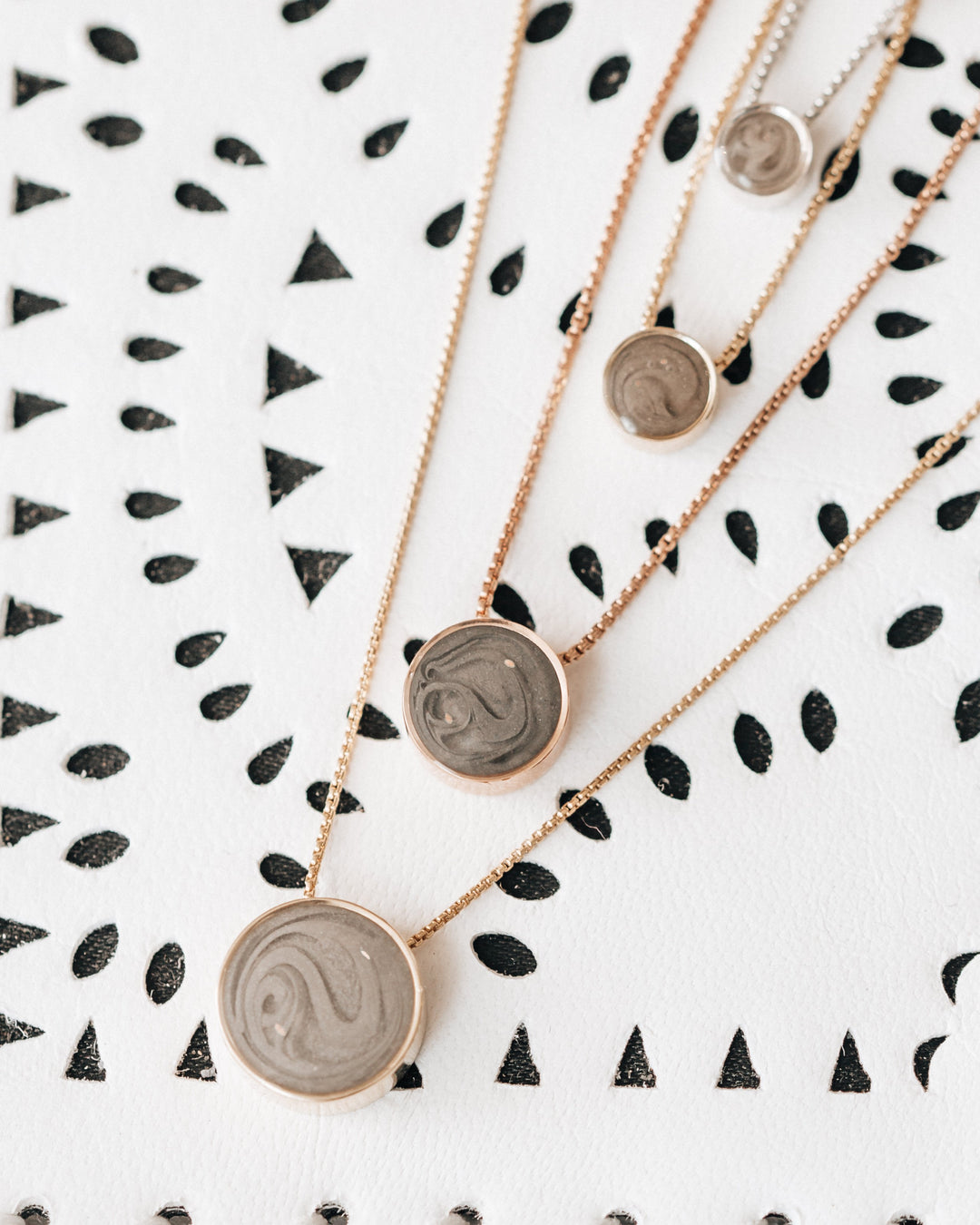Cultural Spotlight: South Koreans Honor The Passed with "Death-Beads"
Burial rites, rituals, and accepted practices have been changing rapidly all over the world in the past decade or so. These changes have lead to a rise in new ways to honor our deceased loved ones, of course including wearing jewelry made from our loved ones ashes. However, in South Korea, high demand and cost of land has caused many to look to new ways to remember family members and keep them close.
Because the accepted practice in South Korea, based on Confucian teachings, was centered around burying the deceased, the available buildable land has been greatly depleted in the last 10 years. This has lead to an increase in burial costs and high demand for available space. An article from CBC had this to say about the shift:
"A decade ago, six out of every 10 South Koreans who died were buried, a practice in line with traditional Confucian instructions to respect dead ancestors and visit their graves regularly. Since then there has been a big shift in South Koreans' thinking about the handling of the deceased, in part, officials say, because of Western influence and a strong government push for citizens of this small, densely populated country to consider cremation as a way to save space."
Now, more than half of those who have passed in South Korea have been cremated instead of buried, but many families do still feel that keeping ashes in an urn on the mantel piece is not the best way to be honoring those they love so dearly. Instead, citizens have been searching for a way to see the ashes as something beautiful; something that represents the depth of their feelings for their family members in a more physically appealing way than a pile of ashes hidden inside an urn.
This desire lead to the rise of a new practice in South Korea: creating "death beads" from ashes. Although they are not the first to practice this, a company called Bonhyang has been helping their clients to hold their loved ones close in a way that is far more comforting to them than the practices of the past. These beads are made from the ashes compressed using a special technology and can produce beads of all different shapes, colors, and sizes. The color range can be anywhere from blue-green to coral to gray and black, as cited by many articles. These beads are not produced to hang on chains or cords around ones neck or wrist, however, as with cremation or urn jewelry; instead, clients opt to keep them inside of bowls or glass containers that will allow them to view their loved one's beauty even after they have parted.
Like all practices surrounding death, burial, and cremation, not everyone is on board with this practice. Many critics have cited this as disrespectful to the deceased, but of course, what to do with the deceased should be left entirely up to what those left behind want for them, and no amount of criticism can change that. Many clients of Bonhyang and other companies have expressed their gratitude for this service and feel that it has helped them grow closer to their loved ones even after they have passed. I resonated deeply with this as I feel it represents the way that many of my clients (and hopefully all of them) view the pieces they have purchased from close by me. In an article for the Los Angeles Times, Bonhyang's founder and CEO, Bae Jae-yul, stated the following:
“'The name of the company itself means ‘returning to one’s homeland,’” he said. “'Death is not something that one should be fearful of or dread. It’s a natural process.'”
In that same article, it was revealed that Bae also keeps an altar for the deceased and will perform rites for them prior to the process of turning their ashes into beads takes place. The family members of the deceased are often present for these rites, which helps them to feel more at ease with both Bae and the process itself.
Bonhyang is not the only company to produce beads from ashes in South Korea, and there are also other companies from the US, Europe, and Japan that are doing the same or performing a similar process. With the new emergence of these practices, acceptable burials will be changed for the better all over the world so that more families can hold their loved ones close in a beautiful and honorable way.
Sources:
https://www.latimes.com/world/la-xpm-2012-jan-21-la-fg-south-korea-death-beads-20120122-story.html
https://www.cbc.ca/news/health/south-koreans-try-cremated-beads-to-mourn-1.1094042
https://theweek.com/articles/478701/turning-dead-into-beads-south-koreas-odd-new-trend




